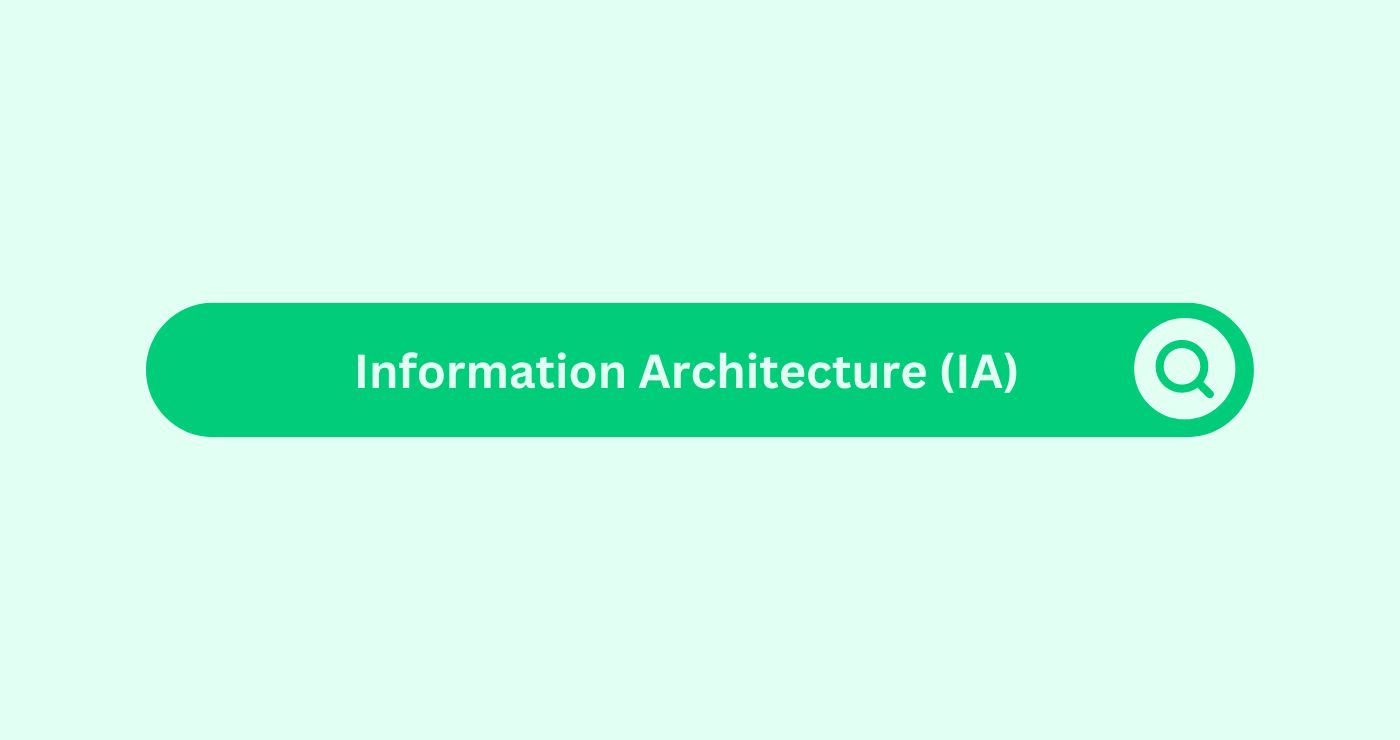Definition
Information Architecture (IA) refers to the structural design and organization of content within a website or digital platform to enhance usability, findability, and overall user experience. It involves organizing and labeling content in a logical and intuitive manner, making it easier for users to navigate and locate relevant information.
Example of how you can use Information Architecture (IA)
In the context of SEO, Information Architecture plays a crucial role in optimizing website structure for search engines and users. For instance, implementing a hierarchical navigation menu, creating logical URL structures, and organizing content into categoriesDefinition Categories, in the context of SEO and digital mar... and subcategories can improve search engine crawlability and indexingDefinition Indexing in content marketing involves search eng..., leading to higher rankings and better user engagementDefinition Engagement in content marketing refers to the deg....
Key Takeaways
- User-Centric Design: Prioritize user needs and preferences when designing information architecture to ensure intuitive navigation and seamless user experience.
- Clear Taxonomy: Develop a clear taxonomy and content hierarchy to categorize and organize information logically, making it easier for users to navigate and understand the website’s content.
- SEO Considerations: Incorporate SEO best practices, such as optimizing URL structures, implementing schema markupDefinition Schema markup's rich snippets attract more clicks..., and creating XML sitemaps, to improve search engine visibility and rankings.
- Consistency and Scalability: Maintain consistency in labeling, navigation, and design elements across the website to facilitate user understanding and scalability as the website grows.
- Usability Testing: Conduct usability testing and gather feedback from users to identify areas for improvement and refine the information architecture for enhanced usability and effectiveness.
FAQs
What is the role of Information Architecture in SEO?
Information Architecture plays a vital role in SEO by organizing and structuring website content to enhance crawlability, indexingDefinition Indexing in content marketing involves search eng..., and relevanceDefinition In SEO, relevance refers to the degree to which a..., ultimately improving search engine rankings and user experience.
How can I create an effective Information Architecture for my website?
To create an effective Information Architecture, conduct user research, define user personas, analyze content requirements, develop a clear taxonomy, and prioritize intuitive navigation and usability.
What are some common IA pitfalls to avoid?
Common IA pitfalls include overcomplicating navigation, inconsistent labeling, excessive nesting of categoriesDefinition Categories, in the context of SEO and digital mar..., and neglecting mobile responsiveness, all of which can hinder user experience and SEO performance.
How can IA affect website performance and loading speed?
A well-structured Information Architecture can improve website performance and loading speed by reducing the number of clicks required to access content, minimizing serverDefinition A Server in the SEO space refers to a computer sy... requests, and optimizing content delivery.
Is IA a one-time process, or does it require ongoing maintenance?
IA is an ongoing process that requires regular review and refinement to adapt to changing user needs, content updates, and business goalsIn the SEO space, "Goals" refer to specific, measurable obje..., ensuring continued relevanceDefinition In SEO, relevance refers to the degree to which a... and effectiveness.
What tools can I use to design and analyze Information Architecture?
There are various tools available for designing and analyzing Information Architecture, including wireframing tools like Axure RP and Balsamiq, card sorting platforms like OptimalSort, and analyticsDefinition In SEO, analytics involves collecting, measuring,... tools like Google AnalyticsDefinition In SEO, analytics involves collecting, measuring,... and Hotjar.
How does IA impact mobile usability and SEO?
IA significantly impacts mobile usability and SEO by influencing the organization and presentation of content on mobile devices, ensuring seamless navigation and optimal user experience across different screen sizes.
Can IA help with website conversions and engagement?
Yes, a well-designed Information Architecture can improve website conversions and engagementDefinition Engagement in content marketing refers to the deg... by guiding users to relevant content, reducing bounce rates, and facilitating intuitive user journeys that leadDefinition A Lead in the context of SEO refers to a potentia... to desired actions.
What role does IA play in content discoverability and site search functionality?
IA enhances content discoverability and site search functionality by structuring content logically, implementing descriptive metadata, and optimizing search algorithms to deliver relevant search results to users.
How can I measure the effectiveness of my website's Information Architecture?
You can measure the effectiveness of your website's Information Architecture through user testing, heatmaps, analyticsDefinition In SEO, analytics involves collecting, measuring,... data, and feedback surveys to assess navigation patterns, user satisfaction, and task completion rates.




